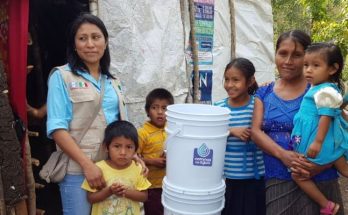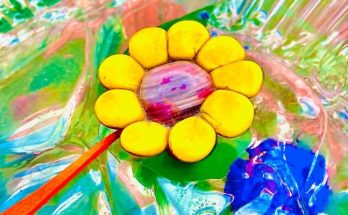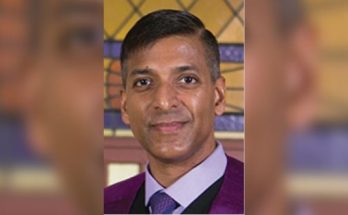Archaeologist from San Miguel
By Bernardo Moreno
National Archaeology Day was just celebrated so this is a good time to talk about this fascinating subject. I interviewed Hugo Olalde, an archaeologist from San Miguel. Hugo says archeology is the science that studies, describes, and interprets past societies from the material remnants they left behind. This is a very important endeavor because understanding how earlier civilizations experienced life is essential to understanding today’s society. It is also important to disseminate the information and insights we gain from these studies and make them available to us so we all may know what came before us. Olalde tells us that according to the archaeologist Luis Felipe Nieto, creator of the archaeological atlas of this area, there are more than 130 pre-Hispanic settlements along the banks of the Laja River. Some of them have been submerged under the waters of the Presa Allende. The most studied archaeological zone is the pyramid at Cañada de la Virgen. This was a ceremonial center and an important place within pre-Hispanic civilization. Here is the interview with Olalde.
BM: What first sparked your interest in archaeology?
HO: I am originally from the community of Sosnabar, not far from San Miguel de Allende. Since I was young, I was curious about the many pre-Hispanic sites near my village that older people knew about. I always wondered how people back then survived. Then I eventually visited places like Templo Mayor in Mexico City and my interest just grew.
BM: What is the importance of archeology in understanding the present condition of humanity?
HO: Archaeologists have a very simple saying that goes like this: “Know our past to understand our present and imagine our future.” It is essential to study and investigate our ancestors and our cultural roots because to understand ourselves we must understand where we came from.
BM: Can you tell us about your professional experience at the Cañada de la Virgen archaeological site?
HO: I had two different periods when I was involved with Canada de la Virgen. The first was between 2004 and 2006 and the second was from 2012 to 2020. I worked under the supervision of the anthropologist Gabriela Zepeda. I actually did some of the digging that exposed the three complexes that exist at the site. I was also part of maintenance, conservation, and restoration efforts during the excavation. I took some physical samples from the bones of one of the burial plots and submitted them for a DNA study. The analysis was carried out by the physical anthropologist Karla Sandoval. This has become important because it was previously believed that the remains from the main burial were male. However, this analysis established the remains were from a female. It was also thought that the original people in this area were Otomi, but it has turned out that some have Nahuatl heritage from the Jalisco area, others Tarahumara, and some come from the Mayan areas of the Yucatan.
BM: How far back does our knowledge of civilizations in the region reach?
HO: It is divided into three phases. The first from the year 0 to 450 CE. This is called the Morales phase because of ceramic objects found in the community of that name near the city of Comonfort. Then comes the San Miguel phase from the year 450 CE to 540 CE. This phase is spread throughout the region especially on the banks of the Laja River. The latest phase is called the Tierra Blanca phase. It took place between 540 CE and 1050 CE. This describes the highpoint of human activity in this area during which the pyramid at Cañada de la Virgen was an important ceremonial center.
BM: Nowadays, what are you working on?
HO: I am currently part of the research team at the Izcuinapan regional archeology room which is located in the Casa Allende Museum. There you will find more than 135 archaeological pieces on display. You can see all the wealth and all the pre-Hispanic greatness of the area. I am also a certified tour guide. You can find me by phone or WhatsApp at 415 144 2516.




